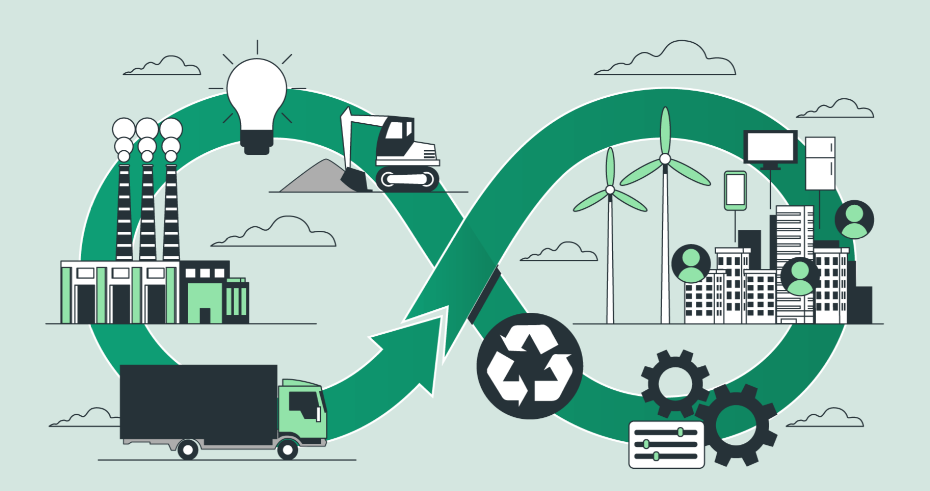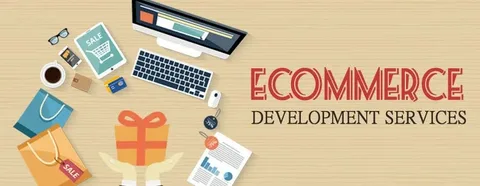
In today’s rapidly evolving business environment, sustainability has emerged as a cornerstone of corporate responsibility and competitive advantage. Environmental, Social, and Governance (ESG) initiatives are no longer optional—they are now essential for businesses seeking investment, regulatory compliance, and long-term relevance. As companies look for efficient ways to align operational goals with sustainability metrics, enterprise resource planning (ERP) systems like dynamics 365 business central partners are stepping in as powerful enablers of ESG tracking and carbon accounting.
This article explores how Microsoft Business Central ERP supports ESG reporting and carbon tracking, empowering businesses to build a sustainable future.
Understanding ESG and Carbon Tracking in a Business Context
ESG reporting refers to the disclosure of a company’s environmental, social, and governance practices and their impact. It includes areas like greenhouse gas (GHG) emissions, energy consumption, labor practices, diversity and inclusion, and corporate ethics.
Carbon tracking, a key part of the “E” in ESG, involves measuring and managing carbon dioxide (CO2) emissions throughout business processes—from procurement to production, logistics to office operations.
For many businesses, especially small and medium-sized enterprises (SMEs), tracking ESG metrics and carbon footprints across various departments can be complex. This is where an integrated solution like Microsoft Business Central ERP becomes invaluable.
Why Microsoft Business Central ERP is Ideal for ESG and Carbon Reporting
1. Centralized Data Management
Microsoft Business Central ERP centralizes critical data across departments—finance, operations, supply chain, HR, and manufacturing—into a single, unified system. This centralization is crucial for ESG reporting, which requires cross-functional data to be aggregated, analyzed, and visualized in real-time.
- Environmental data: Track energy use, waste, water consumption, and emissions across departments or locations.
- Social metrics: Maintain records of employee demographics, training hours, workplace incidents, and compliance records.
- Governance data: Monitor audit trails, ethical sourcing, supplier certifications, and policy adherence.
2. Carbon Tracking with Embedded Analytics and Power BI
Microsoft Business Central ERP seamlessly integrates with Power BI, enabling advanced reporting and visualization of carbon footprint data. Businesses can use embedded dashboards to:
- Monitor carbon emissions by department, product, or location.
- Analyze trends and set reduction targets.
- Track progress against environmental KPIs and regulatory thresholds.
Power BI also supports integration with third-party carbon accounting tools and sustainability frameworks (e.g., GHG Protocol, CDP, SASB), allowing for comprehensive and standards-aligned reporting.
3. Supply Chain Transparency
The supply chain is often the biggest contributor to a company’s carbon footprint. Microsoft Business Central ERP provides supply chain visibility, enabling businesses to:
- Evaluate the sustainability performance of suppliers.
- Track sourcing origins and logistics data.
- Identify inefficiencies in transportation and procurement.
This transparency allows companies to collaborate with suppliers on emission reduction strategies and make data-driven decisions that align with ESG goals.
Real-World Use Cases: Sustainability in Action
Case Study 1: Sustainable Manufacturing
A mid-sized electronics manufacturer using Microsoft Business Central ERP was able to:
- Measure electricity and material consumption at each production stage.
- Use historical data to optimize machine utilization and reduce energy waste.
- Calculate the embedded carbon in each unit produced, supporting product-level carbon labeling.
The result was a 12% reduction in overall energy usage and improved ESG performance in investor disclosures.
Case Study 2: Ethical Sourcing in Retail
A fashion retailer integrated supplier scorecards into Business Central, evaluating vendors based on labor practices, carbon emissions, and packaging standards. The company used this data to:
- Eliminate non-compliant vendors.
- Report on ethical sourcing percentages.
- Earn recognition from sustainable fashion initiatives.
Features That Empower Sustainability Tracking
1. Dimensions and Tags
Microsoft Business Central ERP allows users to assign dimensions (custom tags) to transactions. For ESG purposes, this means:
- Tagging expenses or revenue to specific sustainability projects.
- Categorizing utility bills as scope 1 or scope 2 emissions.
- Filtering reports by ESG category or location.
This feature is especially helpful for granular carbon accounting and project-based sustainability budgeting.
2. Workflow Automation
Through Power Automate integration, companies can automate sustainability-related workflows such as:
- Approval of green procurement.
- Scheduled ESG report generation.
- Notifications for exceeding carbon thresholds.
Automation not only increases accuracy but also ensures ESG compliance remains consistent and timely.
3. Custom Reporting Templates
With customizable reporting templates, businesses can align their reports with frameworks like:
- Global Reporting Initiative (GRI)
- Carbon Disclosure Project (CDP)
- Sustainability Accounting Standards Board (SASB)
These templates can be reused, modified, and shared across teams, improving collaboration and reducing reporting fatigue.
Aligning with Global Sustainability Standards
Microsoft itself is a global leader in sustainability, committing to become carbon negative by 2030. Microsoft Business Central ERP is built with these values in mind, offering compatibility with:
- ESG regulatory compliance: EU CSRD, US SEC Climate Disclosure, etc.
- Voluntary standards: UN SDGs, GHG Protocol, TCFD
- Carbon credits and offset tracking
With frequent updates from Microsoft, users can stay ahead of regulatory requirements and maintain future-ready ESG systems.
How to Get Started with ESG Tracking in Business Central
Step 1: Define Your ESG Goals
Work with internal and external stakeholders to determine which ESG and carbon metrics are most material to your business.
Step 2: Configure Dimensions and Data Sources
Use Business Central’s flexible chart of accounts and dimensions to tag relevant sustainability-related transactions.
Step 3: Build Reports and Dashboards
Leverage Power BI to create interactive dashboards for executives, operations, and compliance teams.
Step 4: Automate and Optimize
Utilize Power Automate to build ESG workflows that notify, approve, and document environmental activities.
Step 5: Review and Iterate
Use built-in analytics to track performance, identify gaps, and continuously improve sustainability strategies.
Conclusion
As sustainability continues to shape the future of business, integrating ESG reporting and carbon tracking into core operations is critical. Microsoft Business Central ERP offers a comprehensive and scalable platform for businesses to take charge of their environmental impact, report with confidence, and lead with purpose.
With centralized data, advanced analytics, and seamless integration, Business Central is not just an ERP—it’s a partner in your sustainability journey. Whether you’re a small business starting your ESG initiatives or a growing enterprise preparing for mandatory carbon disclosures, Microsoft Business Central ERP provides the tools, flexibility, and insight you need to succeed in the green economy.






